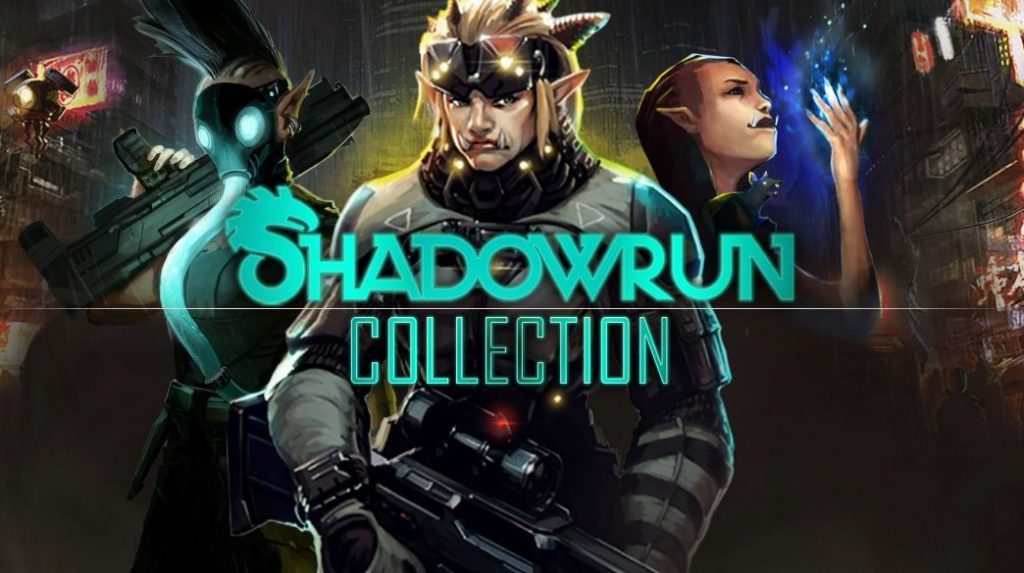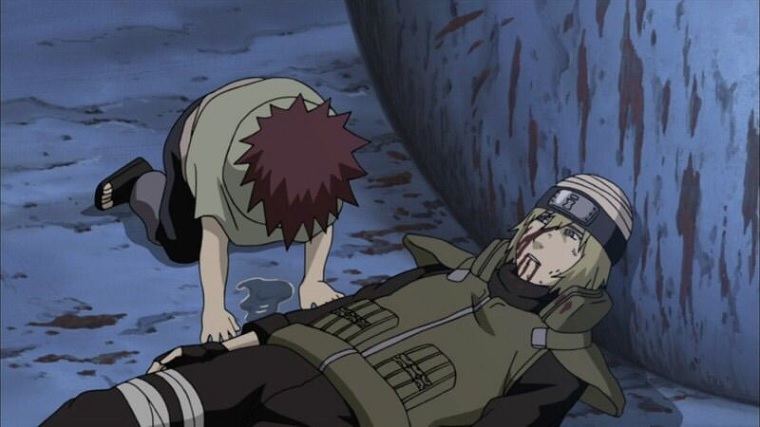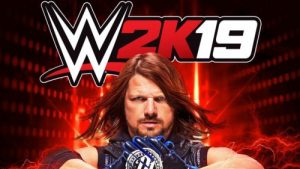(AfroGamers.com) I mentioned Shadowrun when discussing Cyber Knights last year. Like Cyberpunk, it was a cyberpunk-themed tabletop RPG and was actually released a year after Cyberpunk in 1989.
In 1993, we got the first video-game adaptation of the series on the SNES. This was followed about the Sega Genesis version in 1994 and a visual novel/RPG two years later. After that the license was just dormant until 2007.
Let’s go through the games in the franchise and rank them from worst to best.
Shadowrun (2007, Xbox 360 and PC)
While this game looked good for 2007 and actually played well, FASA Interactive took the first-person shooter route with the franchise and that’s…just nowhere near Shadowrun.
If it had an actual campaign mode that leaned towards the FPS/RPG-hybrid of Deus Ex or the 3D-era Fallout games, this would’ve totally worked. Instead, it was just an FPS with a SR skin.
In that case, Microsoft and FASA Interactive could’ve just dropped a cyberpunk first-person shooter. On that note, the game was actually a fun FPS but the worst of the SR games.

Sega Genesis Version (1994, Sega Genesis)
The Genesis version was similar to our next entry in some ways but overall, it’s a different playing experience with the open approach.
Players could decide what role the main character Joshua was before the game actually started and you could explore the city as it opened up. The 1993 SNES version had some of this but it was a little more restrictive than this version.
BlueSky Software actually did a good job here. It’s not even a bad Shadowrun game.
SNES Version (1993, Super Nintendo)
This version of the game was the first swing at console gaming that the franchise got. Developed by Beam Software, this is what Shadowrun should be in video game form.
It kept to the roots of the tabletop RPG with an action RPG approach. The stat mechanics allowed for you to either do more damage in battle with magic, guns, and the like or get favorable responses when talking to non-playable characters.
While the storyline was pretty linear, you could develop the main character, Jake Armitage how you wished. One downside of the game was that it played a lot like a game that was made for PC and was ported to the SNES.
It took a little while to get the hang of when I first played it but this version of the game was a blast once you did. Another downside is that because of the action RPG element, it could be unforgiving if you’re just diving into it.
Chronicles: Boston Lockdown (2015, PC and mobile)
Developed by Cliffhanger Production, Shadowrun Chronicles: Boston Lockdown took the approach of Returns and Hong Kong and went a multiplayer route. This made for interesting gameplay as you had to rely on your team mates—other players—to get through battles.
Sometimes, you got a stacked team that knew what they were doing. Other times, you ended up with either scrubs or a mix—no different than playing a first-person shooter, actually.
Unfortunately, servers for the game shutdown in 2018. Here’s hoping Harebrained Schemes is interested in reviving this spin-off because there was potential there for it to play similar to the Baldur’s Gate and Icewind Dale games in the D&D franchise.
Hong Kong (2015, PC)
The sequel to Returns was very similar to its predecessor only it was based in Hong Kong. As a result, the developers were able to deliver a new adventure without messing with that flawless game engine.
If Boston Lockdown was another sequel to Returns, it would’ve been great but it worked as a multiplayer title. Hong Kong fills that role and it’s awesome. I still play this one and our final entry and I manage to get something different with each character.
While it’s the second-best Shadowrun game, this one had the better location. I found Hong Kong more interesting than Seattle but the storylines are equally enjoyable.
Shadowrun Returns (2013, PC and mobile)
This is the video game franchise in its near-perfect form. Returns brought tactical RPG gameplay to the series and it worked wonderfully.
It was developed by Harebrained Schemes, which was co-founded by Jordan Weisman—who co-created the 1989 tabletop game. The studio managed a successful crowdsourcing campaign and we got this marvel of a game.
I don’t know what prompted him and the team to go tactical RPG but it was an awesome idea. It gives you the vibes of the 1993 SNES version while also being up-to-date and new.
Harebrained Schemes improved on some mechanics such as the social element. In the original 1993 game, you could talk to NPCs but you got more from them if you improve your main character’s charisma or learn skills.
In Returns, it’s similar but you get more out of characters. Plus, it’s actually worth talking to many of them more than once outside of a run (mission). The addition of mods on PC means you could play more adventures as well.
If mods aren’t your thing, just like any RPG where you can create your runner from scratch, you can build them a different way and have a different gameplay experience each time.
Thumbs up to Harebrained Schemes for this one.
Staff Writer; M. Swift
This brother enjoys comics, Chinese comics, RPGs, and all things old school and retro. Check out his writing here, on ThyBlackMan, and TheBRHM if you dig rock music! You can also find him on Twitter at; metalswift.

















So what about Dragonfall? Sega version was best!
I used to think that Dragonfall was a standalone game for mobile when I first got it a few years back but I’d include it with Shadowrun Returns.
The SNES version used to be my favorite until Returns came out and how much replay value is in it. Thanks for reading! I don’t run into many folks who enjoyed the older Shadowrun games.
I just finished SNES Shadowrun. Excellent game, although there were many parts that were not intuitive. I used a walkthrough several times when I got stuck. I had to restart when I realized I had wasted money on mediocre guns in Oldtown. I wonder how long the music will continue to play in my head…
I remember needing a tutorial after my first couple of playthroughs a few years ago. I don’t think the instruction manual wouldn’t have been useful in helping me figure the game out.
It’s definitely a game that expects you to figure it out by trial and error but it doesn’t really encourage you to restart.